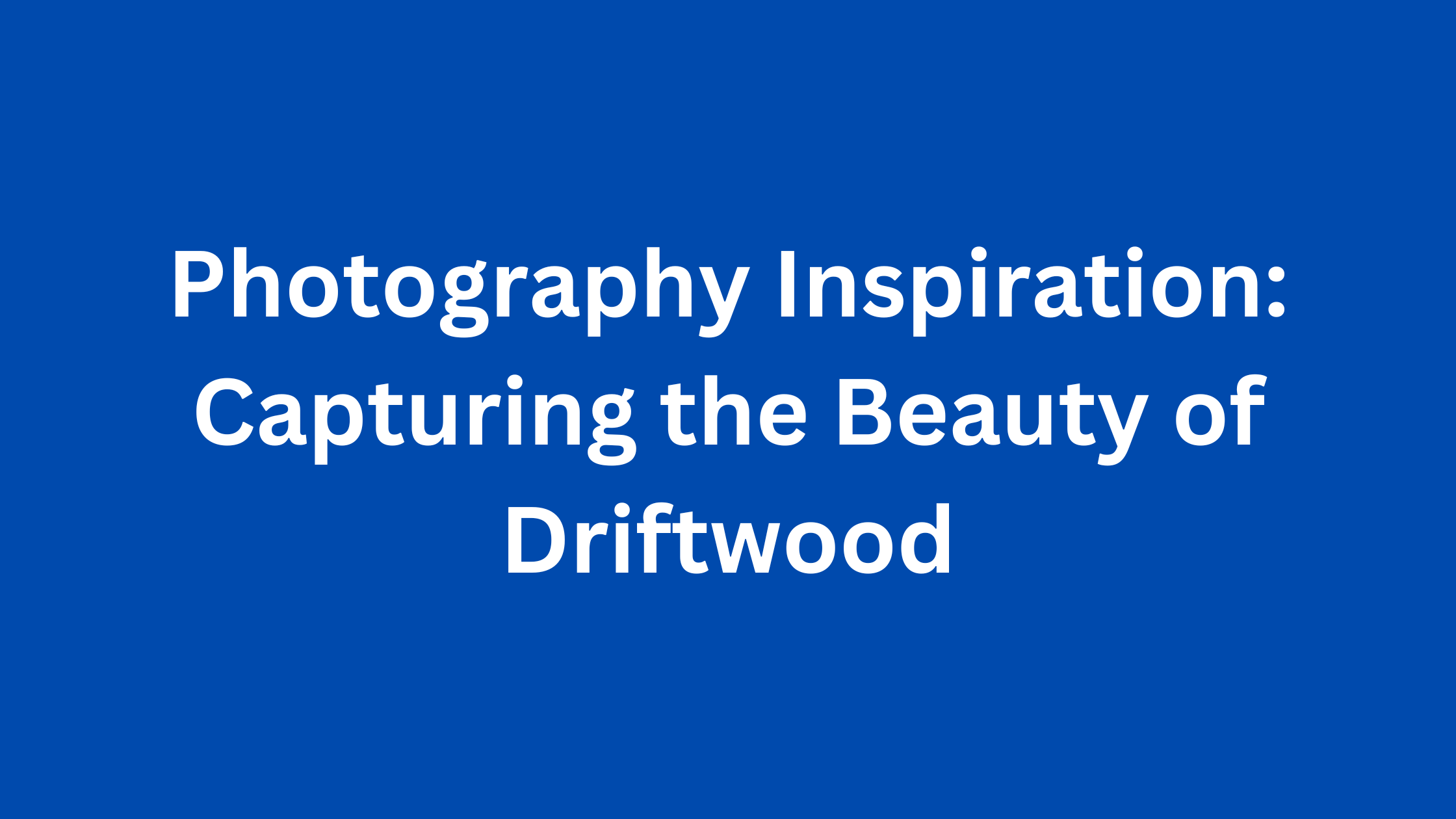Photography Inspiration: Capturing the Beauty of Driftwood
Driftwood, sculpted by the relentless force of the ocean, possesses a unique and captivating aesthetic. Its weathered forms, intricate textures, and natural patina offer endless possibilities for photographers seeking to capture the essence of the coast. This article explores the art of photographing driftwoods, offering tips, techniques, and inspiration to help you create stunning images.
Visit Museums in kottayam
Understanding Driftwood’s Character
Before you embark on your driftwood photography journey, it’s essential to understand the nature of your subject. Driftwood is often characterized by its:
- Texture: The weathered and worn appearance of driftwood provides a rich tapestry of lines, curves, and imperfections.
- Shape: Driftwood comes in a variety of shapes, from twisted and gnarled forms to smooth and flowing pieces.
- Color: The color palette of driftwood ranges from pale gray to deep brown, often with streaks of white or black.
Understanding these characteristics will help you choose the right composition and lighting for your photographs.
Compositional Techniques
- Isolate the Subject: Focus on a single piece to highlight its unique features. Use a shallow depth of field to blur the background and draw attention to the subject.
- Create a Narrative: Arrange multiple pieces to tell a story or evoke a specific emotion. Consider using leading lines or patterns to guide the viewer’s eye.
- Play with Perspective: Experiment with different angles and perspectives to capture the driftwood’s form and texture in new ways. Get close-ups to reveal intricate details or shoot from a distance to capture the overall shape.
- Incorporate the Environment: The beach is the natural habitat of driftwood. Use the surrounding elements, such as sand, rocks, or water, to create context and enhance the visual impact of your photographs.
Lighting and Exposure
- Golden Hour: The soft, warm light of sunrise or sunset can create magical effects with driftwood. The long shadows and golden hues can add depth and drama to your images.
- Overcast Conditions: Diffused light can be beneficial for capturing the intricate details and textures of driftwood without harsh shadows.
- Backlighting: Position the sun behind the driftwood to create a silhouette effect. This can be particularly striking when shooting against a colorful sky.
- Exposure: Experiment with different exposure settings to achieve the desired mood and atmosphere. Underexposure can create a dramatic look, while overexposure can produce a dreamy, ethereal feel.
Post-Processing
Post-processing can enhance the impact of your driftwood photographs. Consider using tools like Adobe Lightroom or Photoshop to adjust contrast, brightness, and saturation. Black and white conversions can also be effective in highlighting the textures and shapes of driftwood.
Finding Inspiration
- Explore Different Locations: Visit various beaches and coastal areas to discover a variety of shapes and sizes.
- Study Other Photographers: Analyze the work of photographers who specialize in nature and landscape photography to learn from their techniques.
- Experiment with Different Styles: Don’t be afraid to experiment with different approaches and styles to find your own unique voice.
By combining technical knowledge with a creative eye, you can capture the extraordinary beauty of driftwood and create stunning photographs that resonate with viewers.









